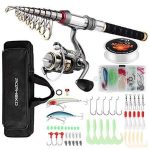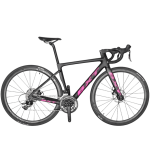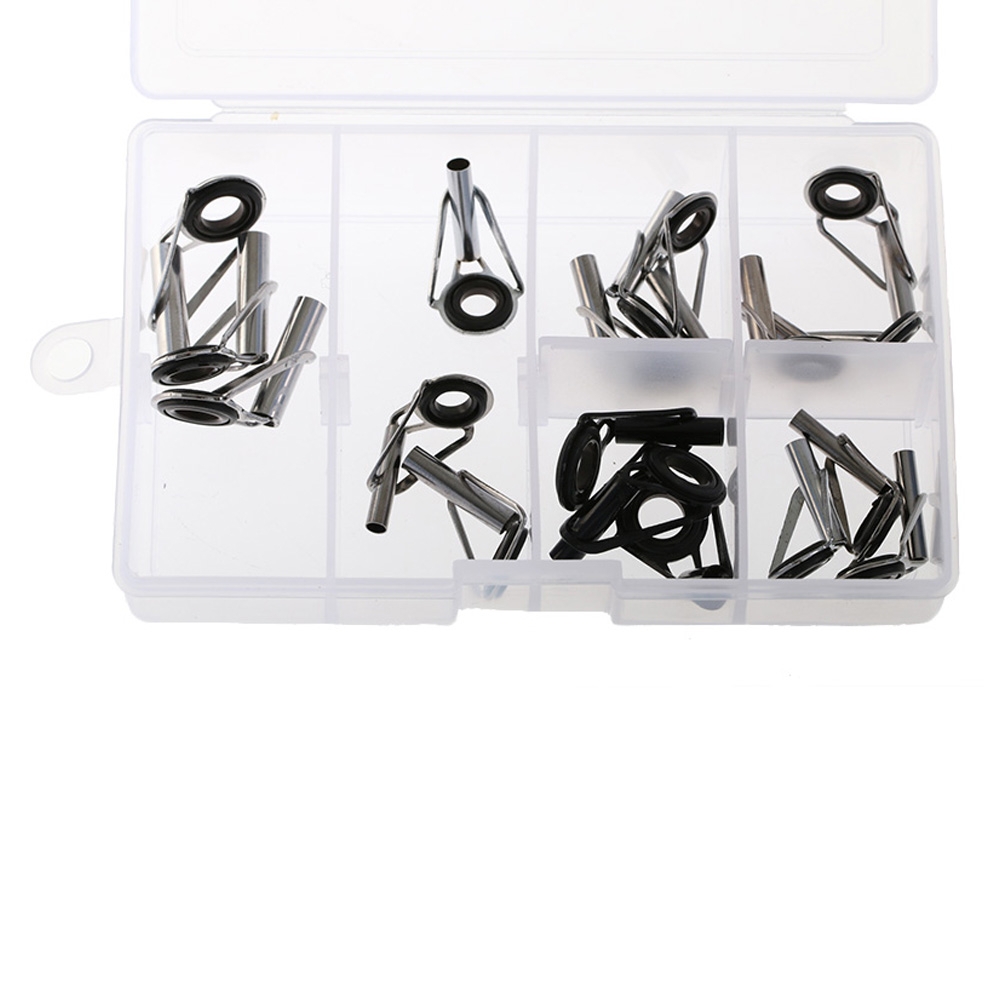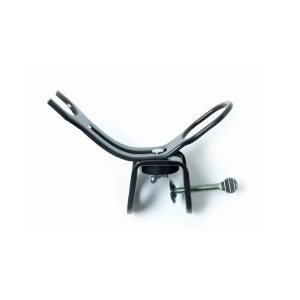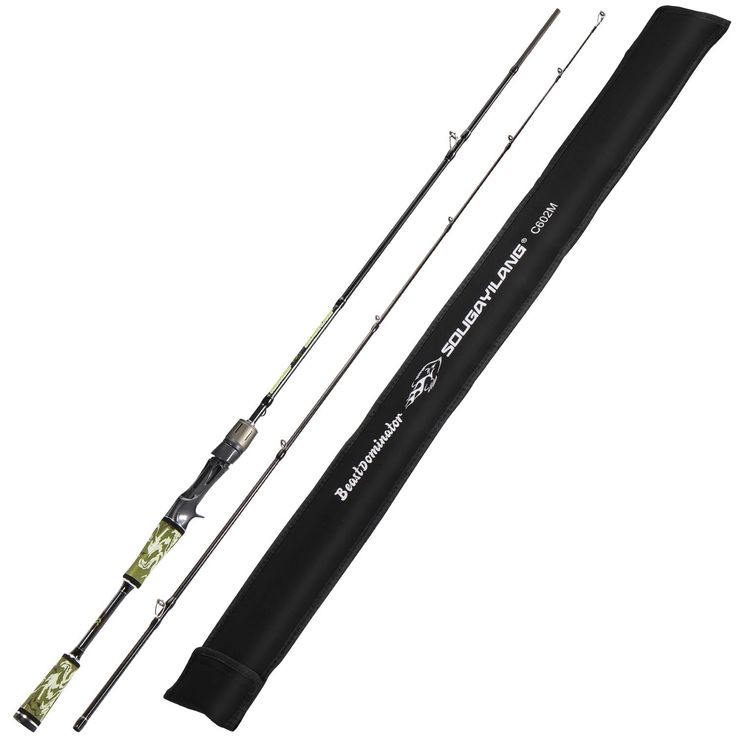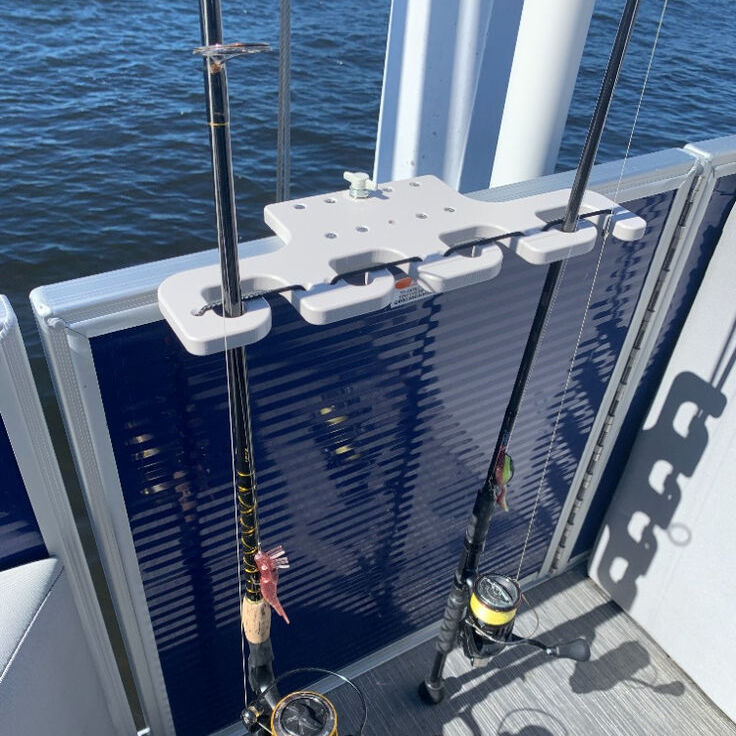Fishing is more than just a hobby for many; it’s a passion, a way to connect with nature. However, accidents happen, and fishing rods can break or suffer damage. This is where a fishing rod tip repair kit becomes invaluable. Whether you’re an experienced angler or a novice, having a repair kit can save your day on the water. Therefore, this article explores the essential components of a fishing rod repair kit, providing tips on how to use them effectively. By following these guidelines, you can ensure your fishing trips remain uninterrupted and enjoyable.
Essential Components of a Fishing Rod Tip Repair Kit
A well-rounded fishing rod repair kit should include various tools and materials to address different types of damage. Therefore, understanding these components helps build a comprehensive kit.
Rod Tip Repair
One of the most common issues anglers face is a broken rod tip. Therefore, having rod tip repair materials is crucial. Rod tip repair kits usually include multiple sizes of replacement tips and adhesive. The key is to carefully remove the broken tip and fit a replacement that matches the rod’s specifications. Use a lighter or heat source to melt the adhesive, then securely attach the new tip. Allow it to cool and set, ensuring a strong hold. Therefore, rod tip repair materials are essential for maintaining the functionality of your rod.
Guides and Eyelets
Guides and eyelets often endure significant stress and can become damaged or loose over time. Therefore, including replacement guides and eyelets in your repair kit is important. These replacements come in various sizes to match different rods. To replace a guide, remove the damaged one carefully using a utility knife. Clean the area and apply a small amount of epoxy resin. Position the new guide and secure it with rod-wrapping thread. Allow the epoxy to cure fully before use. Therefore, having guides and eyelets in your repair kit ensures smooth line flow and prevents damage.

Tools Required for Fishing Rod Repair
In addition to replacement parts, specific tools are necessary to carry out repairs efficiently. Therefore, understanding these tools is vital for maintaining your fishing gear.
Utility Knife
A utility knife is an indispensable tool in any fishing rod tip repair kit. It is used for precise cutting and removing damaged parts. When replacing guides, the utility knife helps clean the area before applying adhesive. Additionally, it can be useful for trimming excess thread after securing new components. Always ensure the knife is sharp and handled with care to avoid accidents. Therefore, a utility knife is crucial for accurate and safe repairs.
Heat Source
A heat source, such as a lighter or small torch, is necessary for certain repairs, especially when dealing with rod tips. Heat helps melt adhesive quickly, allowing for a strong bond between components. When using a heat source, maintain a safe distance to prevent damage to the rod or personal injury. Moreover, heat can also be used for softening glue when removing old guides or eyelets. Therefore, a heat source is an essential tool for effective rod repairs.
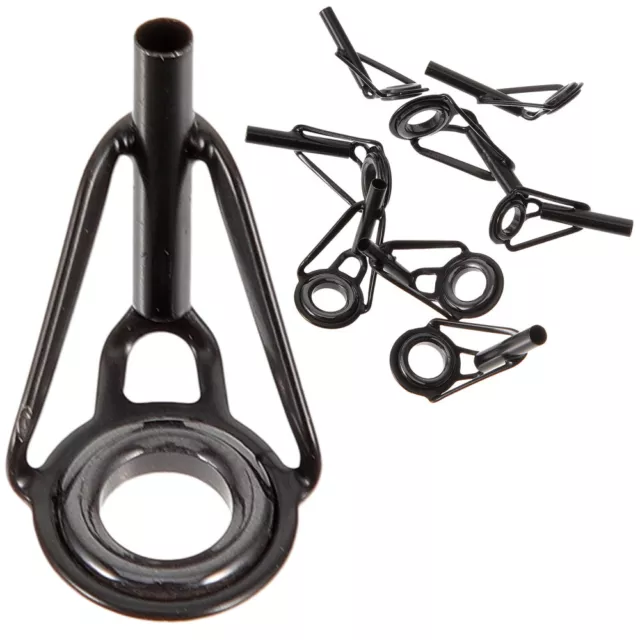
Step-by-Step Guide to Repairing a Fishing Rod
Understanding the process of repairing a fishing rod can make the task less daunting. Therefore, following a structured approach ensures successful repairs.
Assessing the Damage
The first step in any repair is to assess the damage thoroughly. Look for cracks, breaks, or loose components. Determine whether the rod tip or guides need replacement. Identifying the exact problem helps you gather the necessary tools and materials. Make a checklist of what needs to be repaired. This initial assessment saves time and ensures you are well-prepared for the task. Therefore, a thorough assessment is the foundation of any successful repair.
Rod Tip Replacement
Replacing a rod tip is one of the simpler repairs. Begin by carefully removing the broken tip using a utility knife. Heat the new tip and apply adhesive. Slide the new tip onto the rod, ensuring it is aligned properly. Allow the adhesive to cool and set completely. Check for any wobbling or misalignment. Test the strength by applying slight pressure. Therefore, replacing a rod tip is straightforward with the right tools and patience.
Guide Replacement
Guide replacement is slightly more complex but manageable with patience. Start by removing the old guide using a utility knife. Clean the area and apply a small amount of epoxy resin. Attach the new guide and secure it with rod-wrapping thread. Ensure that the guide is aligned correctly. Allow the epoxy to cure fully before using the rod. Test the guide with a fishing line to ensure smooth operation. Therefore, replacing guides requires attention to detail but is essential for maintaining rod performance.
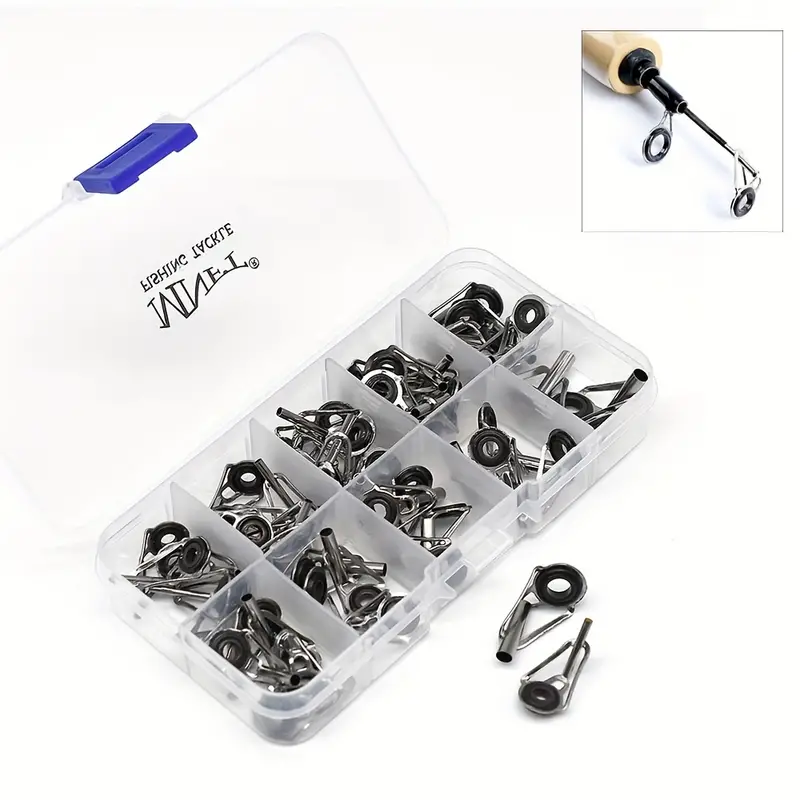
Additional Tips and Best Practices
Maintaining your fishing rod extends its life and enhances your fishing experience. Therefore, following best practices is crucial for effective repairs.
Regular Maintenance
Regular maintenance of your fishing rod can prevent extensive damage and prolong its lifespan. Clean the rod after each use, removing any dirt or saltwater residue. Inspect guides and eyelets regularly for wear and tear. Apply a protective coating to the rod’s surface to prevent corrosion. Store the rod in a cool, dry place to avoid exposure to moisture and extreme temperatures. Therefore, regular maintenance is key to preventing frequent repairs.
Practice Makes Perfect
The more you practice repairing your fishing rod, the more proficient you will become. Start with simpler repairs and gradually take on more complex tasks. Practicing on an old or spare rod can help build confidence. Watch tutorial videos and read guides to understand different repair techniques. Therefore, practice is essential for mastering the skill of fishing rod repair.

Why Every Angler Needs a Fishing Rod Tip Repair Kit
A fishing rod repair kit is a must-have for every angler, whether novice or experienced. Therefore, understanding its importance can enhance your fishing experience.
Cost-Effective Solution
Repairing your fishing rod is usually more cost-effective than buying a new one. A repair kit allows you to fix minor damages on the spot, saving time and money. Purchasing replacement parts is typically cheaper than replacing the entire rod. Additionally, repairing the rod yourself eliminates labor costs associated with professional repairs. Therefore, a fishing rod repair kit is a cost-effective solution for maintaining your gear.
Ensures Uninterrupted Fishing
An unexpected rod break can ruin a fishing trip. Having a repair kit on hand ensures that you can address issues immediately, minimizing downtime. A quick repair means you can get back to fishing without missing out on the action. This is particularly important during fishing tournaments or trips to remote locations. Therefore, a fishing rod repair kit ensures uninterrupted fishing experiences.
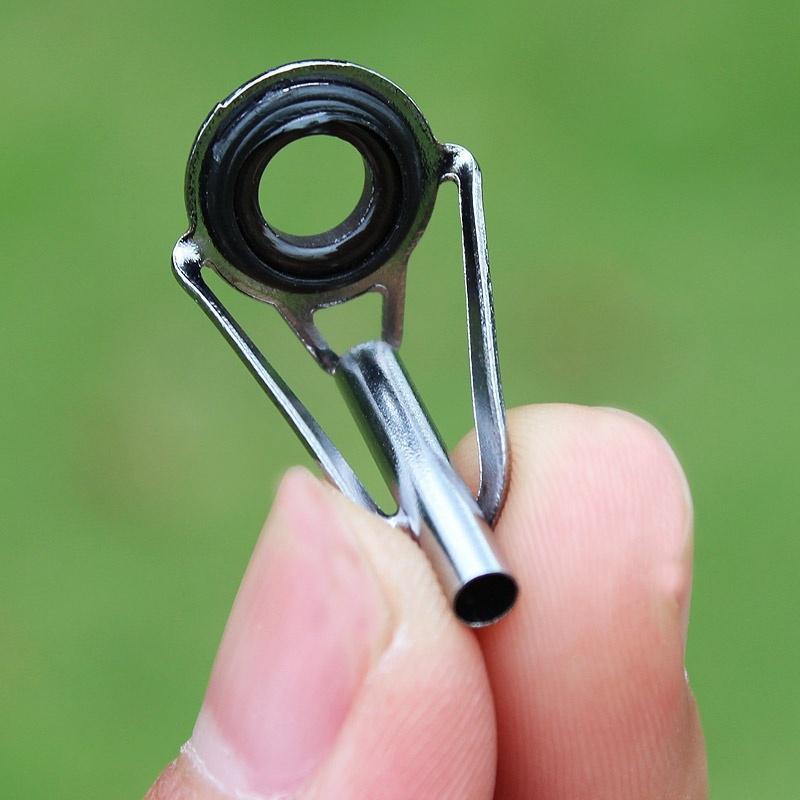
Conclusion
A fishing rod repair kit is an essential tool for every angler, providing the means to quickly and effectively address common fishing rod issues. From understanding the essential components and tools required for repairs to following a step-by-step repair guide, this article has covered all the basics. Regular maintenance and practicing repair techniques can further enhance your fishing rod’s longevity. Investing in a fishing rod repair kit not only saves money but also ensures that your fishing adventures remain hassle-free and enjoyable. Therefore, equip yourself with a reliable fishing rod repair kit and fish with confidence, knowing that you are prepared for any eventuality.

